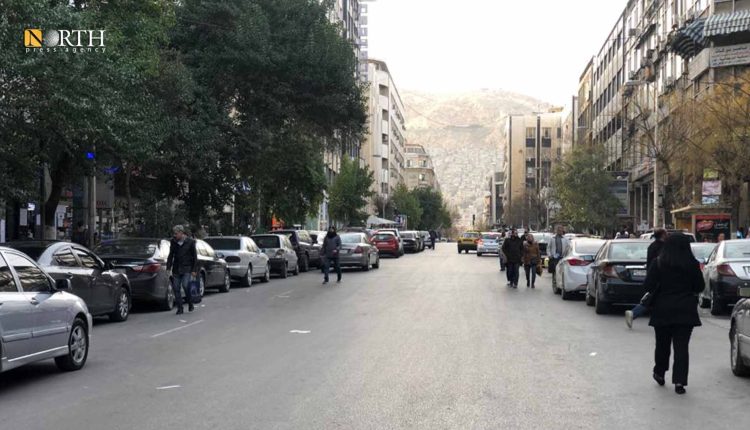Syrian government admits 26% of Syrians unemployed
DAMASCUS, Syria (North Press) – In a 2022 survey, the unemployment rate in Syria rose to 23.7 percent, while the labor force decreased from 6.5 million to 5.9 million during the years of war, the Central Bureau of Statistics of the Syrian government revealed on Wednesday.
Unemployment rates in Syria have increased, with around six million Syrians employed, representing 26 percent of the population. This is a 9 percent drop from 2010, according to a survey published by the semi-official newspaper al-Watan.
The Central Bureau’s data indicated that 78% of the workforce is male, while women constitute 22%.
Unemployment stands at 6 percent of the population and 24 percent of the labor force.
According to the statistics, women have the largest share of unemployment, with 53 percent of the unemployed being female, marking a 197 percent increase since 2010, when there were around 476,000 unemployed individuals.
The survey, conducted in 2022, covered all governorates except parts of Aleppo, Idlib, Hasakah, Deir ez-Zor, and Raqqa, which are outside the control of the Syrian government.
Damascus countryside recorded the highest number of unemployed individuals, with 24 percent of the total, equating to over 338,000 people. Latakia followed with 14 percent and more than 192,000 unemployed, then Tartus with over 150,000 unemployed, and the capital Damascus ranked fourth with 10 percent, amounting to about 145,000 unemployed.
In 2022, the public sector employed 31.8 percent of the total workforce, over 1.4 million people, of which 62 percent were male (895,000 workers) and 38 percent were female (552,000 workers).
The private sector accounted for over 3.1 million workers, making up 68 percent of the workforce. Of this, 86 percent were male (2.6 million workers), while 14 percent were female (437,000 workers). The number of workers in other sectors was less than 0.3 percent, approximately 12,000, with 74 percent male (8,891 workers) and 16 percent female (3,171 workers).
The data also revealed that as the level of education increased, the employment rate decreased. Workers with primary education made up the largest share at 42 percent, with about 1.9 million workers. This was followed by those with basic education at 18 percent (over 817,000 workers), secondary school graduates at 16 percent (over 775,000 workers), university graduates and higher at 15 percent (around 673,000 workers), and finally, those with intermediate institute degrees at 10 percent (around 435,000 workers).

